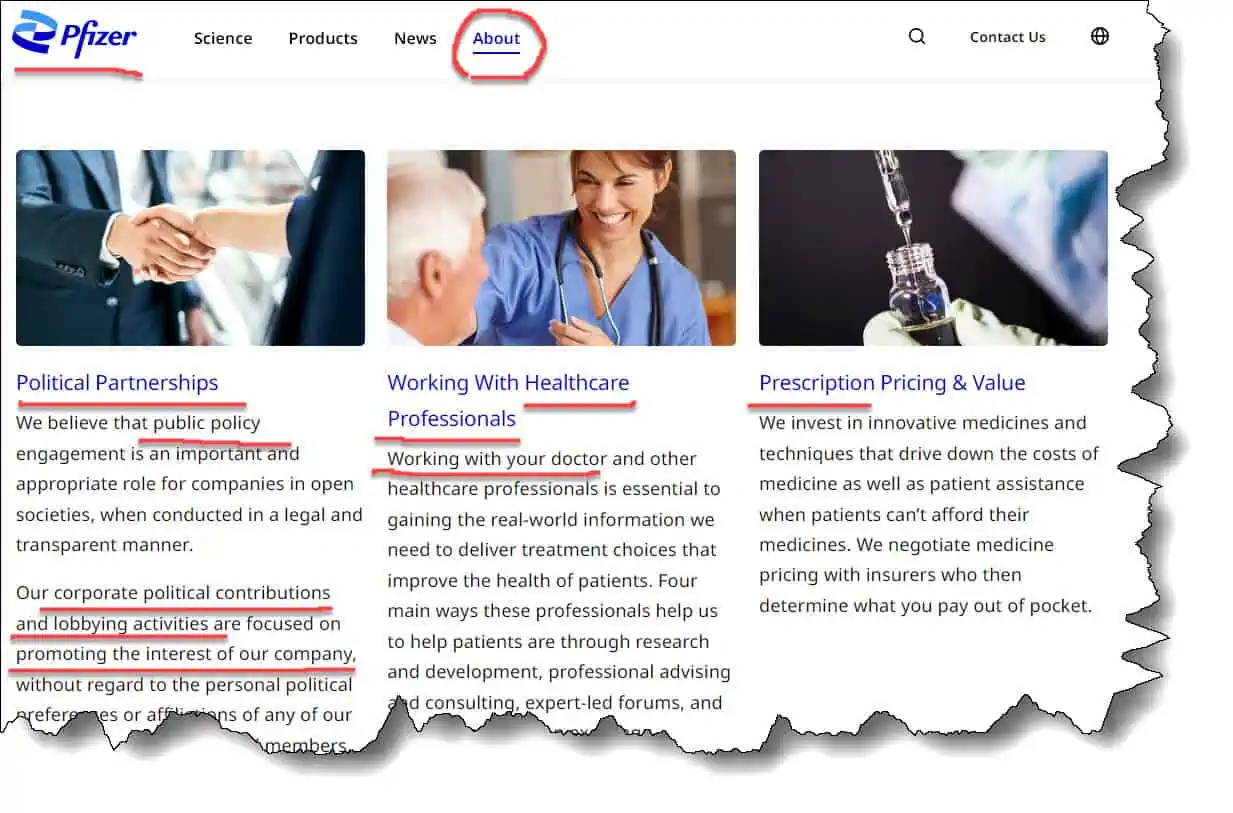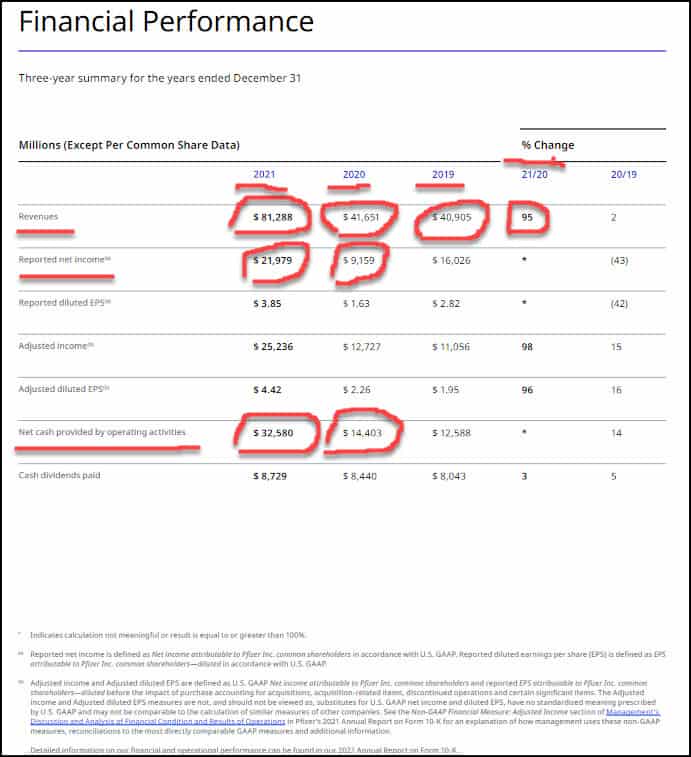Marketing lessons from the most popular food companies (Top 10 brands)
Have you ever wondered, as I have, “Who exactly are the top food companies that feed all of us?” And […]
Read More »Become a successful marketing consultant: Learn more

If you have ever wanted to know the difference between a marketing push and a marketing pull strategy, you are at the right place!
In this article we will explain the precise difference between marketing push and marketing pull strategies with some examples.
Marketing push strategies focus advertising on sellers who have an incentive to sell products and services. Alternatively, marketing pull strategies focus advertising directly on customers who encourage retailers to fulfill their request for the products and services.
Push and pull marketing strategies can be used in combination or as standalone strategies depending on your business model and objectives.
The effectiveness of either of these two strategies in a specific market depends on the existence (or lack thereof) of demand.
To better understand what this means, we must first look at push and pull marketing strategies separately.
Let’s get started.
The push marketing strategy revolves around the generation of demand, particularly where there is very little or none.
This is achieved through various methods, including:
A push marketing strategy can be very efficient in selling new products that have no track record of success. Since a push marketing strategy pushes out the sales messages and creates its own demand, push marketing can be sustainable in the long term because it is up to the marketing team to continually push out messaging that most resonates with the marketplace.
For example, this strategy is very common for a new supplement brand that has no awareness and no customers. In this case, the demand for the product is basically zero, so the company needs to push out communications to the intended marketplace. If you are in this scenario and would like to discover how to write a marketing plan for a new product, go here:
How to Write a Marketing Plan for a New Product (Free template)
Products with high value thrive the longest, while those that have lower value than what can easily be found in the market often fail quickly.
For helpful guidance on how to do create more value in the marketplace, see these three resources:
The pull marketing strategy entails satisfying existing demand. In this scenario, there is an existing demand for a product or service, which leaves advertisers with the task of “pulling” customers to the product.
Pull marketing relies heavily on quality marketing materials to educate the customer on why they should choose a particular brand over another, within a highly competitive environment.
Even though consumers want the product, they’re not necessarily out of options, so the marketer must educate, inform, and persuade them to pick their product.
The clear benefit enjoyed by this type of marketing is the widespread awareness of similar products or services. You don’t have to reinvent the wheel, so to speak. All you need is a unique selling proposition good enough to earn your customers’ loyalty.
On the downside, the fact that there is plenty of existing demand means that there is stiff competition. With pull marketing, your success relies on how far you set yourself from the standard.
For helpful guidance on how to do create more value in the marketplace, see these four resources:
In a standard supply chain, the hierarchy looks something like this:
Producer > Wholesaler > Retailer > Consumer
As in the example of the supplement brand, the producer creates a product and wants people to buy it. There are several ways they can achieve this:
All these strategies aim to get the product to the consumers, via wholesalers and resellers. As is evident, it can work for any product, provided the producer is ready to market it and incentivize suppliers to sell it.
To achieve this, businesses may elect to use various forms of push marketing:
Pfizer is a master of pull marketing strategies. Regardless of how you feel about the pharmaceutical industry and Pfizer specifically, there is no arguing with the success of their pull marketing strategies.
In fact, Pfizer is famous for advertising directly to the customer as they directly state in their 2021 Form 10-K on page 6 in their Sales and Marketing section. They point consumers to “Ask your doctor” in order to encourage the doctors to write prescriptions and move the product through the “pull” marketing strategy pipeline. This combined with carefully developed advertising materials in medical offices makes Pfizer the logical choice for so many of their products.
Pfizer uses these strategies in order to implement their pull marketing strategy:
All excellent marketing strategies tie their marketing back to the performance. How has this strategy worked for Pfizer?
Fantastically well.

In fact, their 2021 Annual Performance Review revealed that their sales revenue almost doubled (95% increase) in 2021 vs 2020. And their net income more than doubled in this same time frame. This is considerable because sales revenue only increased 2% in 2020 vs 2019 ($41 billion in 2019 vs $41.7 billion in 2020).
While this was certainly a unique scenario in an even more unique environment, what Pfizer did is a case of a breakthrough marketing strategy. Whether this can be duplicated or not for Pfizer, and whether this is a long term product for Pfizer is another conversation that we won’t be having here anytime soon.